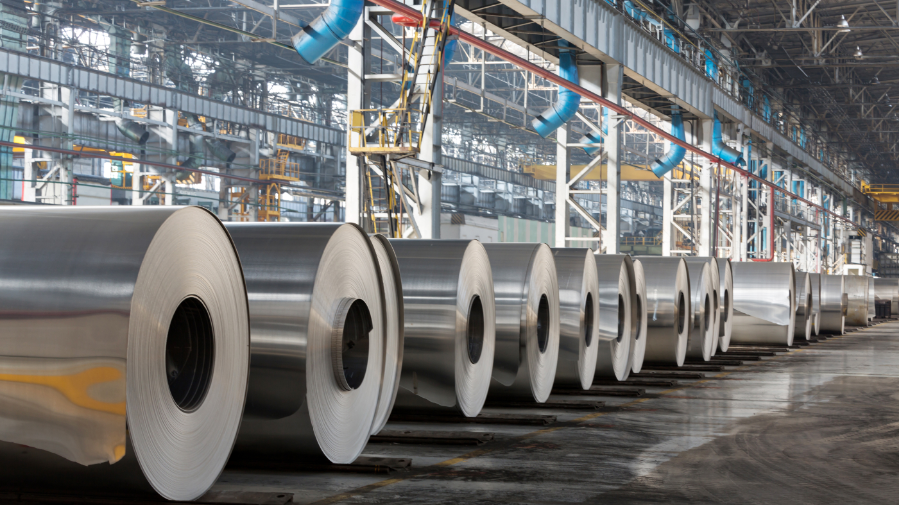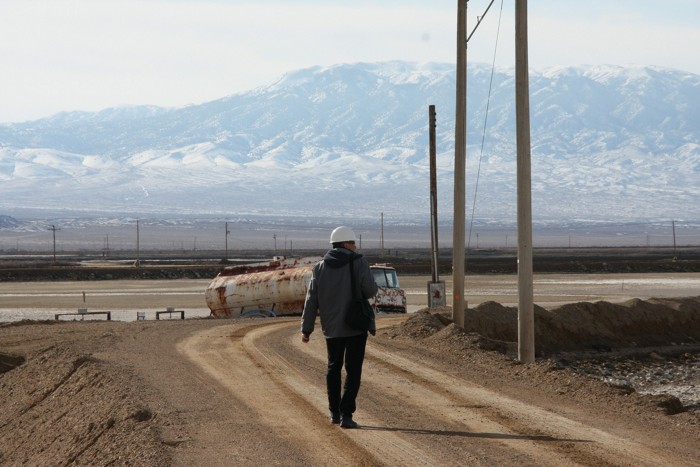Chinese and Russian aluminum groups sign deal to deepen ties

Chinese and Russian aluminum industry associations hope to expand cooperation across the supply chain as the two nations deepen ties in the wake of the invasion of Ukraine.
The China Nonferrous Metals Industry Association signed a memorandum of understanding with the Russian Aluminium Association in Beijing on Monday, it said in a statement. Fan Shunke, vice party secretary of the CNIA, said the aim was to collaborate more closely on alumina, aluminum fabrication and aluminum products, without giving further details.
Western nations haven’t placed direct sanctions on buying Russian aluminum, but some buyers and banks have shunned the trade on ethical grounds or because financing and logistics have become too complex. That’s led to growing volumes of Russian metal heading to China as well as to London Metal Exchange warehouses.
The MoU comes ahead of a visit by President Vladimir Putin to China next month and a face-to-face meeting with President Xi Jinping. Russia has become more reliant on Asia’s largest economy as a market for its energy and commodities. It’s also purchased growing volumes of Chinese alumina — used to make aluminum — after it lost access to regular supplies from Ukraine, Australia and elsewhere.
A Russian delegation, including officials from United Co. Rusal International PJSC, the country’s largest aluminum producer, is attending an industry conference in China this week. Rusal invited Chinese firms to invest in an aluminum industrial park in eastern Russia, it said in a presentation at the gathering in the Ningxia autonomous region.
The Russian company got 33% of its revenues from Asia in the first six months of 2023, up from 26% in the first half of 2021, prior to the war in Ukraine, according to its first-half financial report. The producer doesn’t offer a breakdown for sales to China.
Chinese imports of Russian aluminum hit a record of about 131,000 tons in August, according to official data from Beijing. Purchases have climbed steadily since the Kremlin invaded Ukraine in early 2022. Still, the flows are relatively modest, compared with around 3 million tons a month of Chinese domestic output.
{{ commodity.name }}
{{ post.title }}
{{ post.date }}


Comments